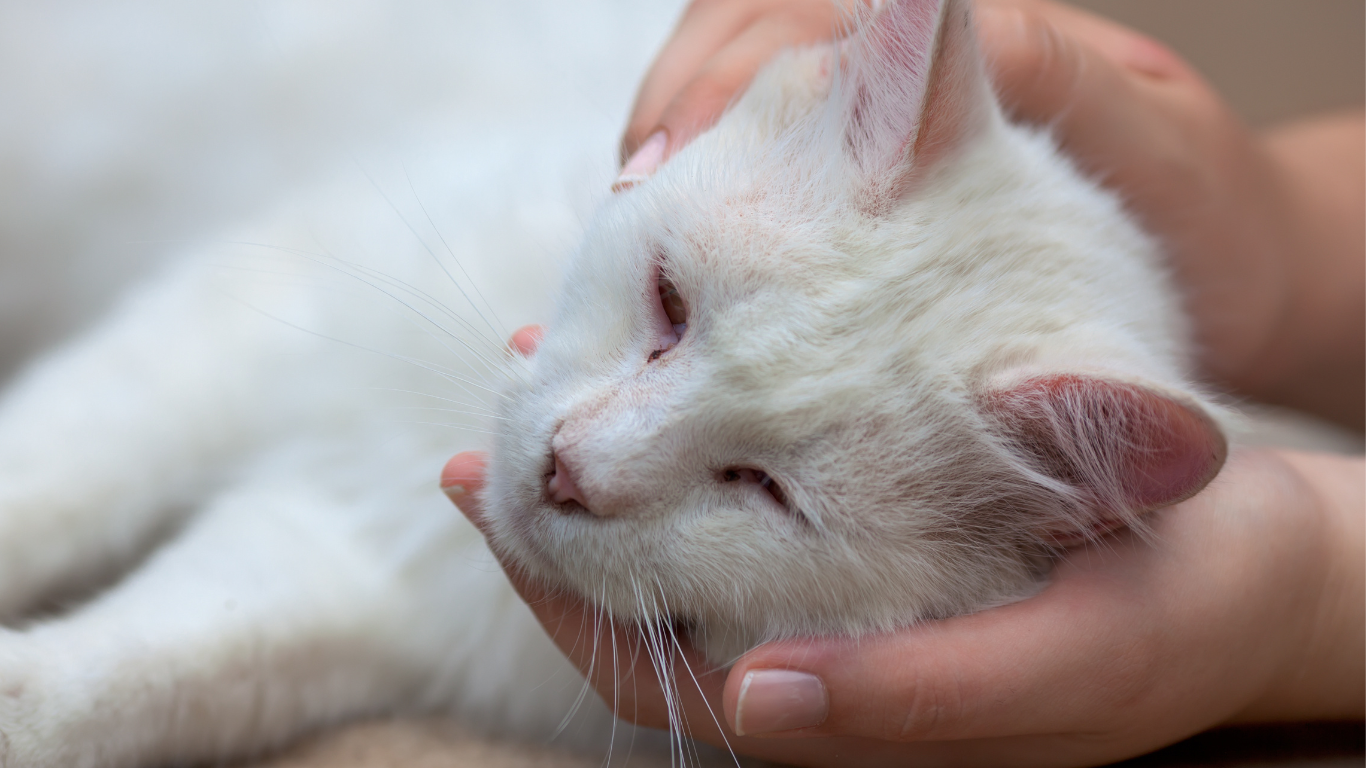
Fibrosarcoma is the most common skin tumor in cats and accounts for approximately 40 percent of all skin tumors. It is a very aggressive, malignant tumor of the connective tissue of the skin that grows very quickly and in a spindle-shaped manner into the surrounding area and into the depths of the surrounding tissue. Metastases rarely develop, except in the surrounding lymph nodes and lungs. There are no known specific racial or gender susceptibilities. This tumor mainly affects cats between the ages of eight and twelve.
Possible causes of fibrosarcomas in cats
Fibrosarcomas are divided into four groups based on their probable cause.
- Injection-associated fibrosarcomas arise from the injection of vaccines or irritating drugs. They usually occur at the typical injection sites in the area of the lateral chest wall or between the shoulder blades. It is important to note that this is only one potential factor, and not every cat that is vaccinated will develop fibrosarcoma.
- Feline sarcoma virus (FeSV)-associated fibrosarcomas occur when the cat is infected with the feline leukosis virus.
- Intraocular post-traumatic fibrosarcomas can occur after an accident in the eye area.
- Fibrosarcomas of unknown cause also occur without a clear cause.
Symptoms of fibrosarcomas in cats
Symptoms of fibrosarcomas in cats can vary depending on the location of the tumor. Possible signs include:
- A noticeable lump or tumor under the skin
- Swelling or changes in the tissue
- Lameness if the tumor is near a joint
- Pain or tenderness in the affected area
- Loss of appetite and weight loss in later stages
therapy of fibrosarcomas in cats
Treating fibrosarcomas in cats can be complex. It is crucial to detect the tumor as early as possible, when it is still small. A so-called fine needle biopsy of the tumor leads to the diagnosis. If spindle-shaped tumor cells are present, action must be taken quickly. A lung x-ray should be taken before surgery to rule out lung metastases. An additional fine-needle biopsy of surrounding lymph nodes can rule out metastases to the lymph nodes.
If the surrounding tissue allows it, the tumor should be surgically removed over a large area in all directions with a distance of at least 3 cm from the remaining tissue in order to remove as many spindle-shaped tumor cells as possible in depth and width. If the tumor is located on the side of the chest wall, ribs often also have to be removed. If limbs are affected, it may be necessary to amputate them. If not all of the tumor tissue can be removed, chemotherapy and/or radiation therapy should also be considered.
prognosis Fibrosarcomas in cats
Unfortunately, the prognosis for cats with fibrosarcomas is not good, as these tumors tend to grow aggressively and spread quickly. Even after the tumor is successfully removed, they may return, depending on how large the tumor was during the initial surgery and how far it could be removed from surrounding tissue.
It is therefore important that you consult a veterinarian immediately if you suspect that your cat has fibrosarcoma. Early detection and rapid intervention are crucial for a good prognosis!










